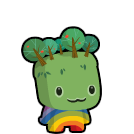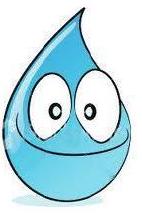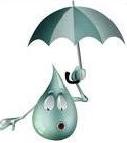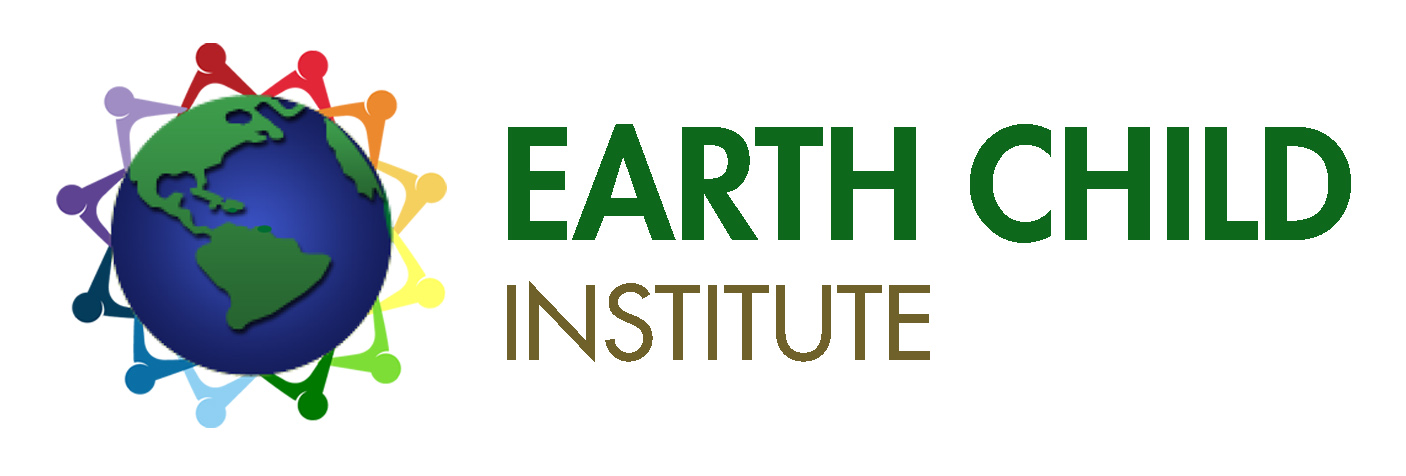Resources > Resources For Kids – Activities >> English Section >>> WATER
 Water covers over 70% of the Earth’s surface and is essential for all living things! Less than 3% of the Earth’s water is fresh water and more than 2% of that is locked up in icebergs and glaciers… so that means that we really only have less than 1% of all water on Earth available for ALL humans and animals to live!
Water covers over 70% of the Earth’s surface and is essential for all living things! Less than 3% of the Earth’s water is fresh water and more than 2% of that is locked up in icebergs and glaciers… so that means that we really only have less than 1% of all water on Earth available for ALL humans and animals to live!
We use water in many ways every day, such as: to drink, cook, flush toilets, clean our homes and clothes, and for swimming. Unfortunately, many people waste a lot of water without thinking, while others do not have enough to stay clean and healthy. Would you believe that almost a billion people all over the world do not have access to clean water to drink or cook or wash with?
Another big challenge to keeping our 1% of fresh water clean is that garbage and other waste often are not disposed of properly and wind up polluting water in rivers, lakes, streams and even deep underground.
Air pollution from exhaust smoke of cars, trucks, factories and airplanes are harmful to water because they are acidic. The polluted air mixes with water in the clouds in the sky. When this polluted rain falls into rivers, lakes, oceans and on land as water droplets, it is called acid rain.
It is important that we protect our water from pollution and save the clean water we have!
DO YOU KNOW HOW MUCH WATER YOU USE EVERYDAY?
Let’s find out and see how we can save some water!
Materials you will need:
- Paper
- Pen or Pencil
Instructions:
- Make a list of all the activities you use water for. Estimate how much water is used in each activity.
- Find out where the water you use comes from. What happens to the water after you use it? Where does it go? Have you ever seen water being re-used?
- Find examples of how water can be re-used.
How can you save water?
 Ask your friends, parents, and teachers to help you think of different ways to save water at your house and school. Write them down or draw a picture of them. Display them in your school, home or youth centre so that other people can learn and follow your examples.
Ask your friends, parents, and teachers to help you think of different ways to save water at your house and school. Write them down or draw a picture of them. Display them in your school, home or youth centre so that other people can learn and follow your examples.
Here are some examples of how you can save water!
 Save hot water and energy by taking a shower rather than a bath
Save hot water and energy by taking a shower rather than a bath- Turn off the water when soaping yourself under the shower or brushing your teeth.
- Always fill the washing machine with a full load of laundry.
- Hang clothes to dry on a clothesline instead of using a dryer.
IS THE RAINWATER IN YOUR NEIGHBORHOOD ACIDIC?
Let’s find out if there are any chemicals in the rainwater in your neighborhood.
Materials you will need:
- Red cabbage
- A grater
- 3 or 4 clear glasses or containers.
- Sauce pan
- Water
- White vinegar
- Baking soda
- Collected rainwater in a glass or jar
Instructions:
Make sure that you have adult with you before using the stove!
- Grate the cabbage (if you do not have a grater, you can cut it into small pieces) until you have 2 cups or 200 ml. Place the cabbage in the sauce pan and put enough water to cover the cabbage. Let it simmer for 15 minutes and let it cool. When it is cool, remove the cabbage and save the liquid in the sauce pan. Make sure you observe the original color of the cabbage soup.
- In one of the clear glasses/jars, mix one tablespoon of vinegar and one tablespoon of cabbage soup. What happens to the mixture? Does it turn pink?
Vinegar is acidic, so the liquid should turn pink.
- In another clear glass/jar, mix one tablespoon of baking soda and one tablespoon of cabbage soup. What happens to the mixture? Does it turn blue? Baking soda is a base or alkaline – the opposite of an acid, so the liquid should turn blue.
- In two different clear glasses/jars, mix and equal amount of rain water and cabbage soup together. What happens to the color of this mixture?
If the soup turns pink, this means that your rainwater has acidic chemicals. If the soup turns blue, it means it has alkaline chemicals in it. If the soup does not change color at all, it means the rainwater is neutral and there is nothing in it!
 The United Nations Environment Programme (UNEP) says that acid rain is a serious environmental problem!
The United Nations Environment Programme (UNEP) says that acid rain is a serious environmental problem!
 It can affect the quality of our water sources and can kill plants and trees.Sometimes it kills all the fish even in huge lakes. A primary cause of acid rain is the burning of fossil fuels like coal, which releases bad gases such as sulfur dioxide and nitrogen oxide into the air.
It can affect the quality of our water sources and can kill plants and trees.Sometimes it kills all the fish even in huge lakes. A primary cause of acid rain is the burning of fossil fuels like coal, which releases bad gases such as sulfur dioxide and nitrogen oxide into the air.
Want to learn more?
- Try this activity with water from streams, rivers or lakes near your house or school.
- Ask your parents, teachers, and friends to help you find out what activities in or around your neighborhood might cause acid rain and water pollution.
< Back to Resources/Resources For Kids – Activities/English Section


